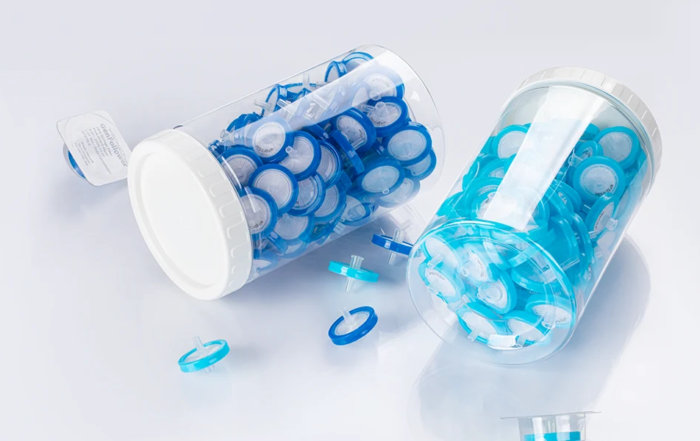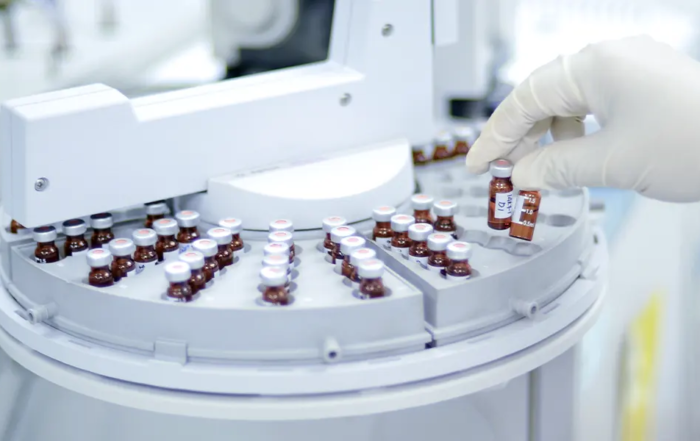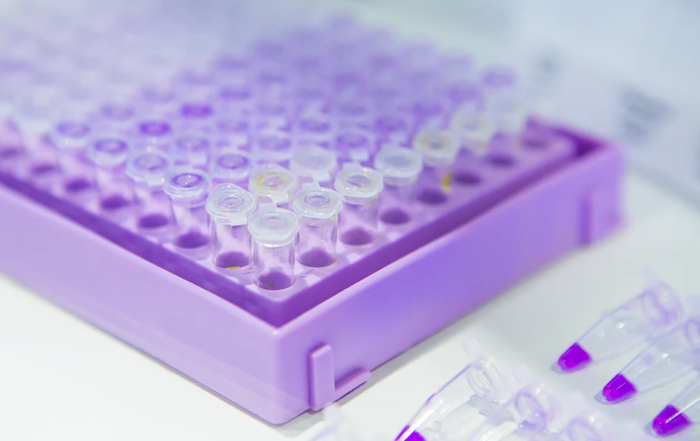Table of Content
Glass or plastic? Disposable or reusable? Self-standing or with a conical bottom? These are just some of the things you need to consider when you’re looking to buy new centrifuge tubes.
If you want to buy some new tubes and are overwhelmed by the variety of choices — you’ve come to the right place for answers. I’m going to show you some of the things to consider before ordering your centrifuge tubes online.
Glass vs. Plastic
In the battle of glass vs. plastic centrifuge tubes, which ones will come out on top? Well, it all depends on how you’re going to use them. You also need to think about what kind of centrifuge you have. Let’s take a look at some of the benefits and drawbacks of each.
Glass Centrifuge Tubes
One of the best things about glass centrifuge tubes is that they’re easy to clean. What’s more, unlike the plastic tubes, these can withstand much higher temperatures. If you’re working with corrosive metals — getting a glass centrifuge tube might be your only choice.
But, one thing to note about glass tubes is that they are much less durable compared to plastic ones. What’s more, they’re often much more expensive and aren’t budget-friendly.
Plastic Centrifuge Tubes
Do you have a microcentrifuge in your lab? If so, you’re going to need some plastic, disposable mini tubes to get started. Plastic tubes come in a variety of different sizes, starting from 0.5 ml to 50 ml.
They are much cheaper compared to glass tubes, and they’re more durable. You won’t have to worry about accidentally breaking or damaging your tube while it’s still in the centrifuge. But, the one area where plastic tubes fall short is the cleaning.
Even though all you need to clean them is some detergent solution and ultrapure water, sterilizing them can be a bit tricky. But, if you put in some effort, you shouldn’t have any problems with it.
Reusable vs. Disposable
Now, as I mentioned, if you have a microcentrifuge, your only option is to use plastic, disposable tubes. Since glass tubes don’t come in such small sizes, going plastic is the way to go. But, are the disposable ones actually better?
Disposable Centrifuge Tubes
If your heart is set on buying plastic centrifuge tubes, you should consider getting the disposable ones. Because plastic tubes are difficult to clean, going for the disposable ones could save you some time in the future.
But, they’re not environmentally friendly, and they could be pretty wasteful. But, if you’re working with a microcentrifuge, you won’t have a choice, and you’ll have to go with these. You can get them in a 0.5 ml, 1.5 ml, 2 ml, and 5 ml size.
Reusable Centrifuge Tubes
If you want to get the reusable tubes, you can choose between glass or plastic ones. If you clean them on a regular basis, your centrifuge tube can even last you up to five years. Not only will they save you money in the future, but they’re also environmentally-friendly.
The one downside to using reusable centrifuge tubes is that they can be a bit more expensive. Of course, they’ll save you money eventually, but if you need a lot of centrifuge tubes fast, going disposable might be the answer. What’s more, you won’t be able to use reusable tubes if you have a microcentrifuge.
Self-Standing vs. Conical Bottom
Choosing between these two will come down to what type of centrifuge you have. I won’t go into too many details about these two types because it’s just a matter of what you need.
But, keep in mind that self-standing tubes are much easier to clean because they don’t need a rack to dry. What’s more, you never have to worry about accidentally knocking them off your table.
Things to Consider
There you have it — the ultimate buying guide for centrifuge tubes. As you can see, what kind of centrifuge you have will determine which tube you can get. My personal recommendation is, if you’re working with a bigger budget, get a couple of each.
Since all of them have their unique benefits, there aren’t any winners or losers. As long as you buy them from a reliable manufacturer, you won’t have to worry about making the wrong choice.
Recent Posts
The Ultimate Guide to Syringe Filters
Filtration plays a critical role in ensuring the purity and reliability of solutions across industries, from pharmaceuticals to environmental testing. Among the most widely used filtration tools are 0.22µm and 0.45µm filters, known for [...]
HPLC Troubleshooting Guide
High-Performance Liquid Chromatography (HPLC) is a cornerstone analytical technique widely used in chemistry, biochemistry, and pharmaceuticals for separating, identifying, and quantifying components in complex mixtures. Its precision and versatility make it indispensable for quality [...]
Standard Operating Procedure for Polymerase Chain Reaction(PCR)
Polymerase Chain Reaction (PCR) is one of the most widely used techniques in molecular biology, revolutionizing the way scientists study DNA. From clinical diagnostics to genetic research and forensic science, PCR has become an indispensable [...]


